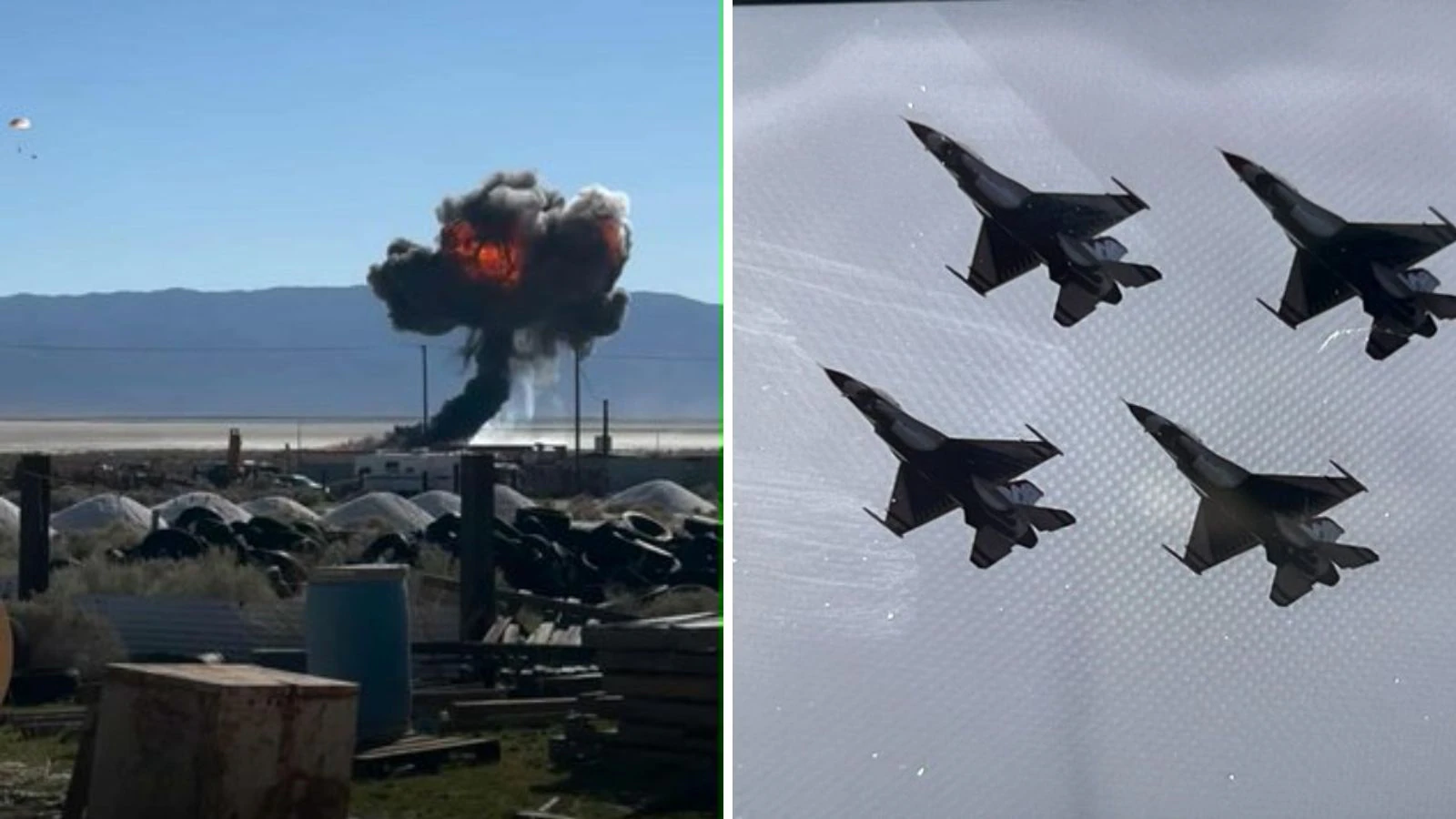A cheap, flesh-rotting horse tranquilizer that is flooding into the illegal drug market in the U.S. has the Drug Enforcement Agency (DEA) alarmed.
Xylazine, called “tranq” on the street, is mass-manufactured in China and has recently proliferated on the streets of San Francisco, Philadelphia, and New York.
The “zombie drug” causes skin lesions that look like flesh is being eaten off, sometimes down to the bone, and can slow a person’s heart and breathing until they stop, leaving users catatonic or dead.
Drug dealers frequently mix Xylazine with fentanyl to prolong the high, creating a potentially deadly cocktail, but “tranq” is often mixed with other drugs like meth and cocaine as well.
The DEA said Xylazine is making an already deadly drug crisis even more dangerous.
“Xylazine is making the deadliest drug threat our country has ever faced, fentanyl, even deadlier,” said DEA Administrator Anne Milgram in a public safety alert.
Milgram said the DEA has seized xylazine and fentanyl mixtures in 48 states.
In 2022, the DEA found xylazine in about 23% of the fentanyl powder and 7% of the fentanyl pills seized by the agency.
Users face a higher risk of fatally overdosing when fentanyl is mixed with “tranq,” the DEA said.
“People who inject drug mixtures containing xylazine also can develop severe wounds, including necrosis—the rotting of human tissue—that may lead to amputation,” the DEA said.
In the three and a half years from January 2019 to June 2022, the number of fentanyl deaths each month that involved xylazine spiked from about 2.9% to 10.9% in 20 states and the District of Columbia, the Centers for Disease Control and Prevention (CDC) reported in June.
Narcan, the emergency opioid reverse medicine, does not work on “tranq” since xylazine is not an opioid. The DEA still recommends administering Narcan in an overdose situation in case they have ingested other drugs.
Routine toxicology screens do not detect xylazine either, according to the Food and Drug Administration’s (FDA) November alert to healthcare professionals about xylazine.
“Xylazine is not safe for use in humans and may result in serious and life-threatening side effects that appear to be similar to those commonly associated with opioid use, making it difficult to distinguish opioid overdoses from xylazine exposure,” the FDA said.
“Tranq” is also not currently a federally controlled substance, making it more easily available for purchase than illicit drugs like heroin, although some states have implemented restrictions.
Earlier this year, lawmakers introduced bipartisan legislation in Congress that would have classified xylazine as a Schedule III drug under the Controlled Substances Act, but so far no such legislation has passed.
Ohio decided to take action on its own to crack down on “tranq.”
In March, Republican Governor Mike DeWine signed an executive order classifying xylazine as a Schedule III controlled substance.
Major cities on both the East and West coasts are scrambling to address the presence of “tranq” on their streets.
“Tranq” recently hit the streets of New York with “astonishing” speed, according to law enforcement.
This week, San Diego Mayor Todd Gloria held a press conference where city leaders addressed the dangers of xylazine on the street.
“If it is anything like fentanyl, just a few years ago we only had a handful of fentanyl overdose cases and now we have hundreds. We hope that we don’t have something similar with tranq,” Gloria said.




